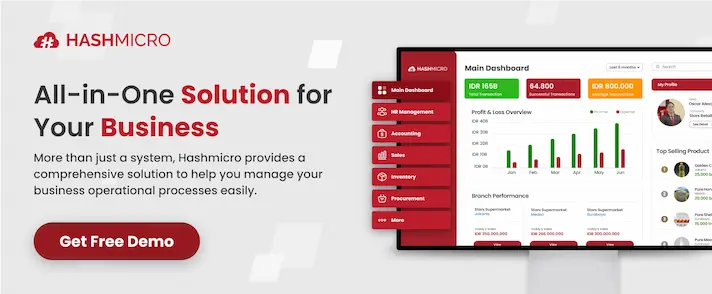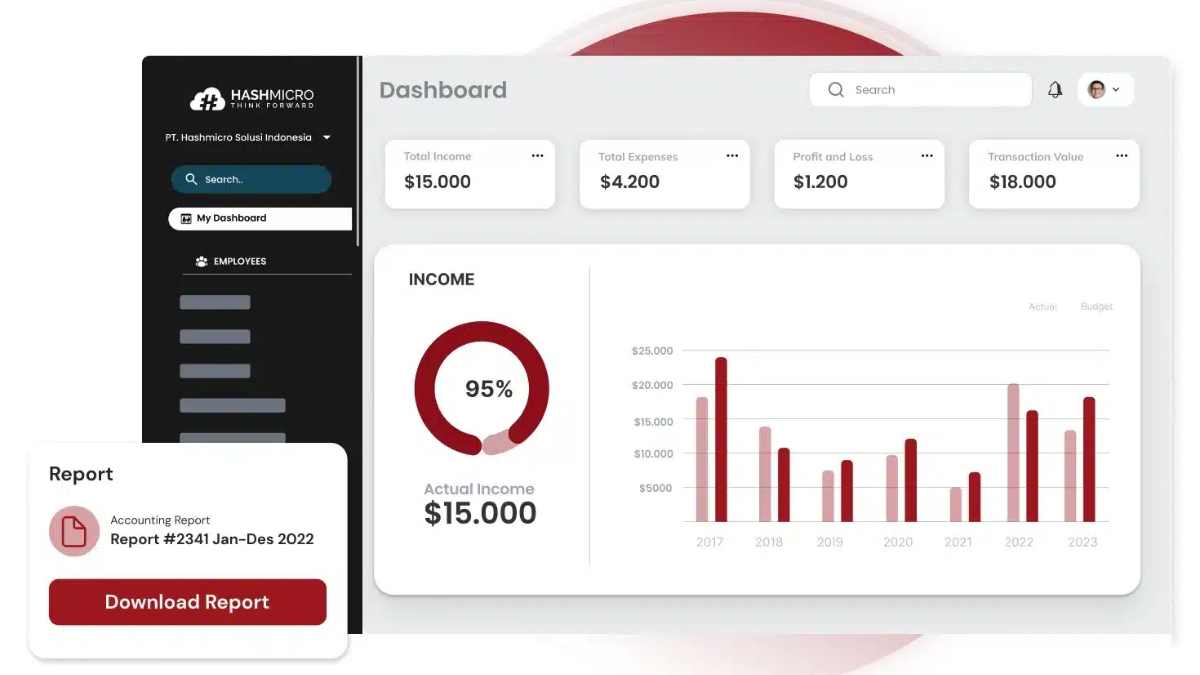Managing accounts payable (AP) invoice is a critical part of financial operations. However, many businesses still struggle with common issues such as delayed recording, manual entry errors, and difficulties tracking large volumes of invoices.
According to Ardent Partners’ AP Metrics that Matter in 2024 report, processing a single invoice takes around 10.1 days and costs about $10.18 to $11. For a company handling 1,000 invoices a month, that’s over $10,000 lost to inefficiency.
To overcome these challenges, solutions like HashMicro Invoicing Software help businesses streamline approval workflows, reduce data-entry mistakes, and gain better visibility into financial activities.
In this article, we’ll explore what AP invoicing is, provide practical examples, and explain how to record it for a more efficient financial process.
Key Takeaways
|
What is AP Invoicing?
Accounts payable (AP) invoicing is the process of recording and managing invoices received from suppliers. It ensures that payment obligations are tracked, approved, and settled accurately within a company’s financial system.
AP invoicing goes beyond simply paying bills. It is crucial for maintaining healthy cash flow, preventing duplicate or fraudulent payments, and sustaining strong vendor relationships. A well-managed AP process also gives businesses financial visibility, helping decision-makers forecast expenses and track liabilities.
However, when handled manually, AP invoicing can be time-consuming and prone to errors. This is why many companies are now shifting toward automation to streamline processes, reduce risks, and improve overall operational efficiency.
The Role of Accounts Payable in Financial Statements
Accounts payable (AP) plays a key role in financial statements, particularly on the balance sheet. It appears as a short-term liability that reflects the money owed to suppliers for goods or services already delivered but not yet paid.
AP also influences the cash flow statement. The timing of invoice payments determines how much cash remains available for daily operations and future investments.
While delaying payments may help preserve cash in the short term, it can also risk damaging supplier relationships if not managed properly.
When handled effectively, AP invoice automation ensures accurate reporting of liabilities, supports compliance with accounting standards, and maintains financial transparency. It also helps business leaders evaluate short-term commitments and make better decisions in managing working capital.
How To Record AP Invoices
Accounts payable (AP) is recorded using the double-entry bookkeeping system, which ensures that every transaction affects at least two accounts and keeps the accounting equation balanced.
When a company receives an invoice, it records the obligation as a liability even if the payment has not yet been made.
For example, if a business receives an invoice of $5,000 for office supplies, the journal entry would be:
- Debit: Office Supplies (Expense or Asset) $5,000
- Credit: Accounts Payable $5,000
Later, when the invoice is paid, the entry reverses the liability:
- Debit: Accounts Payable $5,000
- Credit: Cash $5,000
This process ensures that expenses are matched with the period in which they occur (accrual basis accounting) and that the company’s balance sheet accurately reflects outstanding obligations.
Properly recording AP invoices also supports financial analysis, such as calculating the accounts payable turnover ratio or days payable outstanding (DPO), both of which measure how efficiently a business manages its short-term debts.
Accounts Payable vs. Accounts Receivable
Accounts payable (AP) and accounts receivable (AR) are essential components of a company’s financial cycle. AP represent money a business owes to its suppliers for products or services already received but not yet paid. It appears as a liability on the balance sheet because it reflects future cash outflows.
On the other hand, accounts receivable refers to the money owed to the business by its customers. When a company sells on credit, the outstanding amount is recorded as an asset since it represents expected future cash inflows.
| Aspect | Accounts Payable (AP) | Accounts Receivable (AR) |
| Definition | Money owed by the business to suppliers | Money owed to the business by customers |
| Balance Sheet Entry | Liability | Asset |
| Cash Flow Impact | Outflow of cash | Inflow of cash |
| Responsibility | Paying vendors or suppliers | Collecting payments from customers |
| Risk | Late payments harm supplier relationships | Delayed collections hurt cash flow |
Streamline AP Invoicing Processes with HashMicro
Managing AP invoice processing manually often leads to delays, errors, and cash flow issues. With HashMicro Invoicing Software, businesses can automate invoice creation, approval, and payment tracking in one integrated system.
The system provides real-time visibility of outstanding payables and receivables, ensuring companies can monitor obligations to suppliers while keeping track of customer payments. By automating both sides of the process, businesses reduce human error, save time, and maintain healthier cash flow.
Key Features of HashMicro Invoicing:
- AP Payables: Records and manages all supplier obligations with due dates, helping businesses avoid late fees and maintain stable cash flow.
- Financial Analysts: Provides insights and in-depth analysis of economic data, supporting accurate forecasting and smarter business decisions.
- Invoice Generation: Automates the creation of invoices quickly and accurately, reducing manual work and minimizing human errors.
- Invoice Approval & Validation: Ensures every invoice goes through a structured review process, preventing fraud and guaranteeing compliance.
- AR Collector: Helps finance teams track and collect receivables efficiently with automated reminders and clear payment status updates.
- Real-Time Invoice Reporting: Delivers instant and comprehensive invoice reports, giving full visibility of AP and AR for better financial control.
Conclusion
Accounts payable (AP) invoicing is more than just recording bills it is the process of tracking, approving, and paying supplier invoices accurately within a company’s financial system. It ensures that every obligation is properly documented and aligned with purchase orders.
AP invoicing helps maintain smooth cash flow, reduces the risk of errors or duplicate payments, and strengthens vendor relationships. A properly managed process also improves transparency in financial reports and provides insights that guide better decision-making.
To overcome the challenges of manual processing, HashMicro Invoicing Software offers an automated solution that streamlines AP invoicing, reduces human error, and provides real-time visibility into financial data.
Ready to simplify your AP invoicing process? Get a free demo of HashMicro Invoicing today and experience how automation can transform your financial management.
FAQ About AP Invoice
-
Who sends invoices, AP or AR?
In simple terms, receiving an invoice falls under accounts payable (A/P), while sending an invoice is accounts receivable (A/R). Any outstanding amounts are recorded on the balance sheet as current assets.
-
How does AP work?
Accounts payable is listed on the balance sheet as part of current liabilities. Since it reflects debts that must be settled within a year, AP serves as a key measure of a company’s short-term liquidity and overall working capital.
-
What is the difference between AP and P2P?
Accounts payable (AP) refers to the amount a company owes vendors for goods or services bought on credit. Shown as a current liability on the balance sheet, it represents outstanding approved invoices that are yet to be paid. Timely payment is crucial to prevent defaults and maintain good supplier relationships.




















































